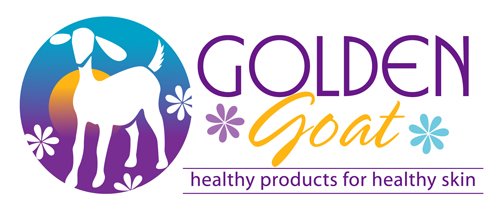Soy Dangers Summarized
You are probably well acquainted with all the wonderful things soy is purported to do for you. That's because the multi-million dollar soy marketing machine has done its job on you. But are you aware that there is a darker side of soy?
For instance did you know that soy contains several types of natural toxins? The soy industry has known about them for years.SOY DANGERS:
- High levels of phytic acid in soy reduce assimilation of calcium, magnesium, copper, iron and zinc. Phytic acid in soy is not neutralized by ordinary preparation methods such as soaking, sprouting and long, slow cooking. High phytate diets have caused growth problems in children.
- Trypsin inhibitors in soy interfere with protein digestion and may cause pancreatic orders. In test animals soy containing trypsin inhibitors caused stunted growth.
- Soy phytoestrogens disrupt endocrine function and have the potential to cause infertility and to promote breast cancer in adult women.
- Soy phytoestrogens are potent antithyroid agents that cause hypothyroidism and may cause thyroid cancer. In infants, consumption of soy formula has been linked to autoimmune thyroid disease.
- Vitamin B12 analogs in soy are not absorbed and actually increase the body’s requirement for B12.
- Soy foods increase the body’s requirement for vitamin D.
- Fragile proteins are denatured during high temperature processing to make soy protein isolate and textured vegetable protein.
- Processing of soy protein results in the formation of toxic lysinoalanine and highly carcinogenic nitrosamines.
- Free glutamic acid or MSG, a potent neurotoxin, is formed during soy food processing and added to many soy foods.
- Soy foods contain high levels of aluminum which is toxic to the nervous system and the kidneys.
SOY INFANT FORMULA — BIRTH CONTROL PILLS FOR BABIES
- Babies fed soy-based formula have 13,000 to 22,000 times more estrogen compounds in their blood than babies fed milk-based formula.
- Infants exclusively fed soy formula receive the estrogenic equivalent of at least five birth control pills per day.
- Male infants undergo a “testosterone surge” during the first few months of life, when testosterone levels may be as high as those of an adult male. During this period, baby boys are programmed to express male characteristics after puberty, not only in the development of their sexual organs and other masculine physical traits, but also in setting patterns in the brain characteristic of male behavior.
- Pediatricians are noticing greater numbers of boys whose physical maturation is delayed, or does not occur at all, including lack of development of the sexual organs. Learning disabilities, especially in male children, have reached epidemic proportions.
- Soy infant feeding—which floods the bloodstream with female hormones that inhibit testosterone—cannot be ignored as a possible cause for these tragic developments. In animals, soy feeding indicates that phytoestrogens in soy are powerful endocrine disrupters.
- Almost 15 percent of white girls and 50 percent of African-American girls show signs of puberty such as breast development and pubic hair, before the age of eight. Some girls are showing sexual development before the age of three. Premature development of girls has been linked to the use of soy formula and exposure to environmental estrogens such as PCBs and DDE.
The health claims of the soy industry have one purpose and one purpose alone - to sell more soy! That's why you'll only hear about the benefits of soy from the industry, but we think all consumers deserve the right to make an informed choice about what they are eating and feeding to their children, their household pets and their livestock.
We have found a wealth of evidence that the soy toxins cause both acute and chronic effects in both animals and humans. The industry refers to the soy toxins as 'anti-nutrients' but, in fact, they are classed with environmental toxins and they are present in every food product that contains soy.
As often occurs in cases of environmental poisoning, Soy Online Services first became aware of the toxicity of soy because of its effects on animals. The harm that soy causes animals has been known for decades, but this fact currently appears to be ignored by manufacturers of animal feeds who are ever eager to utilise cheap sources of protein in their products.
The use of new generation bird feeds that contained soy coincided with thousands of bird deaths and disorders. These effects were widespread and were reported by many of New Zealand's leading parrot breeders.
Among the effects seen by these bird breeders were:
- beak and bone deformities.
- goitre.
- immune system disorders.
- infertility.
- premature maturation.




